The shapes of samurai helmets
20 September 2021
The helmet of samurai armour - the kabuto - can have different shapes. These may depend on the period in which they were made, and thus on the fighting style of the samurai, but also on the region in which they were made, or on the school of armourers who made them.
In the Middle Ages, kabuto are essentially hemispherical, often with large rivets (hoshi) and fitted with large side turnbacks (fukigaeshi) to protect the face from the arrows of enemy samurai.
Later, during the Kamakura period, a new design came from the Nara area where the Haruta and Iwai schools flourished. It was based on a two-humped profile resembling that of a gourd and for this reason called akoda-nari kabuto.
With the advent of new fighting techniques and the introduction of firearms, new construction techniques for samurai helmets were developed in eastern Japan. Thus emerged the suji-bachi kabuto and the ko-boshi kabuto, helmets with a lamellar structure that could be hemispherical, like those made by Nobuie, or more commonly had a shaped profile. Depending on the line of the kabuto profile, three basic forms can be distinguished:
- Koseizan, flat in the top/middle
- Tenkokuzan, with a pronounced depression in the centre
- Goshozoan, with a slight depression in the centre
Other helmet types from this period are the zunari kabuto, so called because its smooth surface resembles the shape of a naked head, and the momonari kabuto, whose profile resembles a peach.
During the Momoyama period, unusual shapes of kabuto were also developed, aimed at making unique the armour of the samurai who wore them. The name kawari kabuto is therefore used to refer to all those helmets that have an "extraordinary" shape.
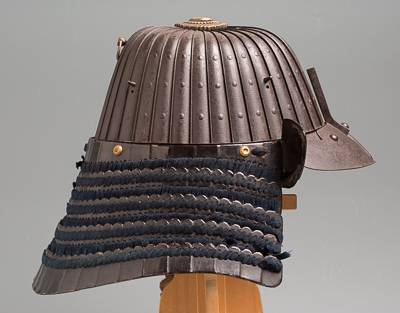 Koseizan suji kabuto
Koseizan suji kabuto
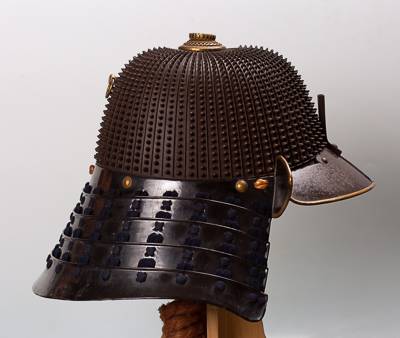 Goshozan koboshi kabuto
Goshozan koboshi kabuto
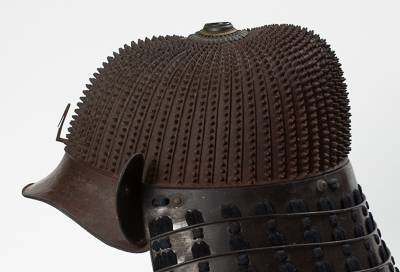 Tenkokuzan koboshi kabuto
Tenkokuzan koboshi kabuto
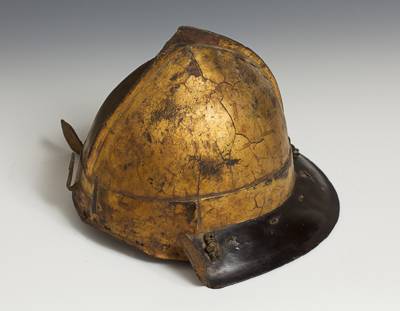 Momonari kabuto
Momonari kabuto
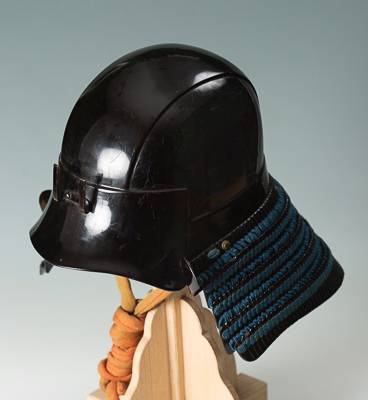 Zunari kabuto
Zunari kabuto
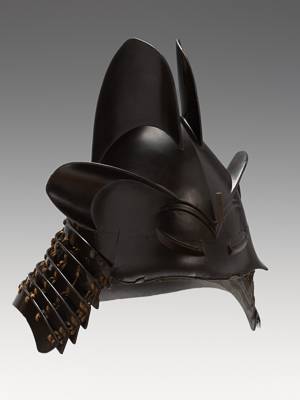 Kawari kabuto
Kawari kabuto
Copyright © 2016 - giuseppe piva - VAT: 05104180962

